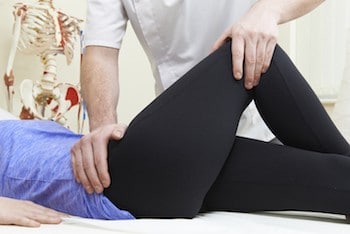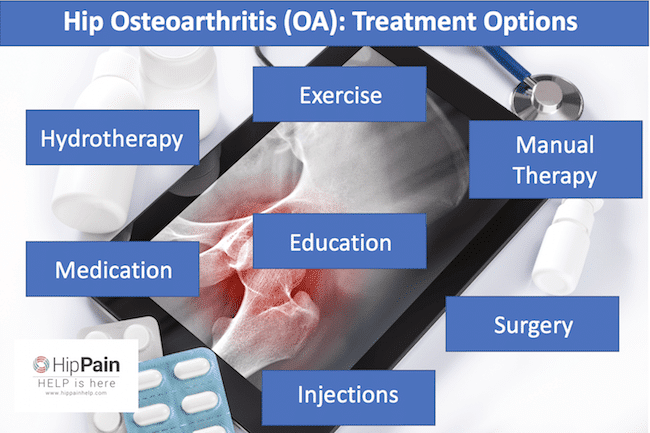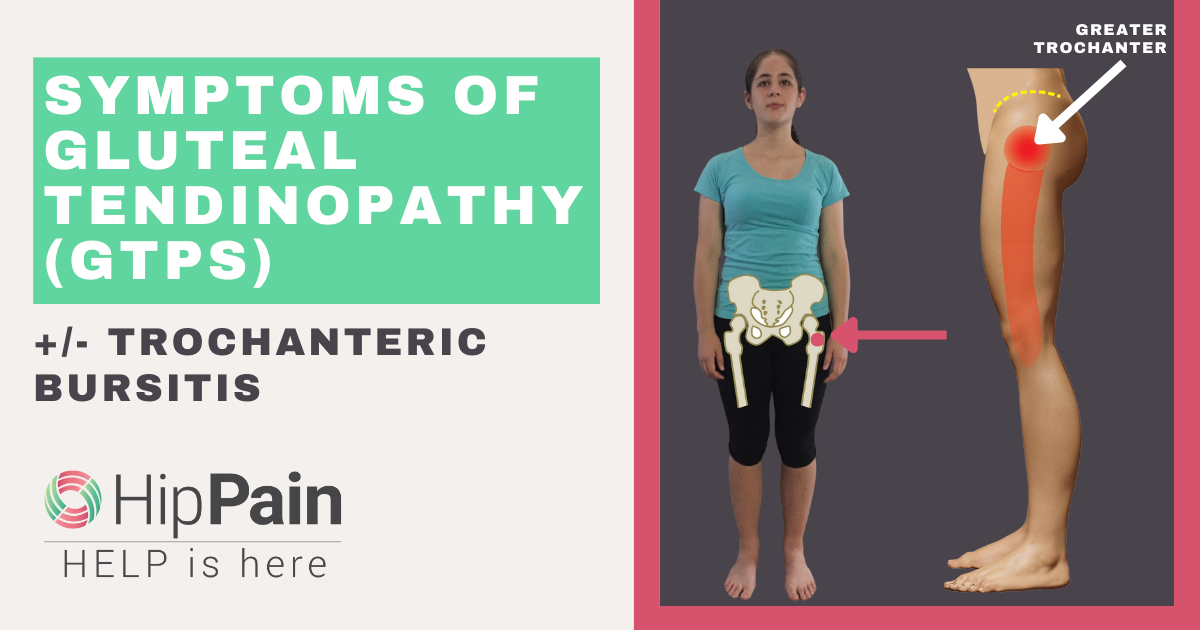The other key component of any plan for the treatment for hip OA, is an exercise program. Targeted exercise in both the water and on land has been shown to be helpful to manage the symptoms and providing hip OA pain relief.²
Exercise can have many benefits such as:
- improving the condition and co-ordination of muscles around the hip joint
- reducing pain
- improving ‘function’ – ability to perform normal daily and recreational activities
- increasing confidence in being able to maintain normal activities
- improving quality of life
Aquatic exercise or hydrotherapy may be the best option for treatment for hip OA when pain is more severe and land-based exercise is difficult to accomplish.² However, as we all need to function against the forces of gravity, an exercise plan should include or progress to some land-based exercise. Exercise for hip OA is most likely to be maximally effective when prescribed by a qualified health professional, such as a Hip Pain Professional.

Manual therapy provided by a health professional has also been demonstrated to assist in reducing symptoms associated with hip OA in the short term. This might include various ‘hands-on’ techniques to mobilise – stretch or move – the hip joint and surrounding soft tissues. As with exercise interventions, these types of techniques are best performed by a qualified health professional as in appropriate manual therapy may aggravate the problem or even cause damage.

Medications may be prescribed by your doctor to help control pain, maintain activity levels and assist with sleep. Medications are sometimes also used temporarily to provide a window of opportunity to participate in a rehabilitative exercise program and therefore can have a valuable role when looking at the treatment for hip OA and in providing hip OA pain relief.

Your doctor may also suggest an injection into the hip joint, such as:
- cortisone (corticosteroid) injection – to reduce inflammation and pain within the joint. The effect is short-term however, so injections are likely to be most effective when paired with an education and exercise program. Cortisone injections can have negative effects as well, so make sure you discuss these with your doctor to ensure the treatment is right for you.
- viscosupplementation – a joint lubricant injection (hyaluronan and/or hyaluronic acid). Hyaluronic acid is a naturally occurring substance in the body that assists in maintaining the elasticity of joint cartilage. These injections aim to reduce pain and improve mobility in those with hip OA.

For more advanced cases of hip OA where symptoms are not adequately controlled by the other measures mentioned above, surgery is the final option for treatment for hip OA. The main surgical option for advanced hip OA is a Total Hip Replacement, which involves replacing the head of the femur and relining the socket. This procedure is a very successful surgical procedure with excellent outcomes but, as with any surgery, there are risks which makes this the last option. You can discuss with your doctor, the risks, benefits and suitability of this procedure for you. It is important to know that a large percentage of those with hip OA never require a hip replacement.
Treatment for Hip OA – Summary:
There are many options for managing the symptoms of hip OA. Sometimes people believe that there is nothing that can be done and that they should just wait until the symptoms are bad enough to have surgery. This is simply WRONG!
Evidence suggests that the non-surgical measures for managing hip OA discussed on this page, can provide meaningful impacts on pain, function and quality of life. Furthermore, even if surgery is required in the longer term, those who have performed a targeted exercise program prior to surgery are less likely to require extended inpatient rehabilitation³ and have been shown to recover a higher quality of life over the medium term4. A Hip Pain Professional can assist with ‘pre-habilitation’.
After a thorough assessment, your Hip Pain Professional will be able to:
- tell you whether the hip joint and changes on an y X-Rays or scans, are likely to be related to your pain.
- assess for factors that could be contributing to the problem
- set a plan to help you:
- reduce your symptoms to provide hip OA pain relief
- improve your ability to do everyday activities involved with work and the household
- return to sport or modified activity
- look after your hip joints for the long term, such as through targeted exercise and education around positions, stretches, exercises or activities that may not be ideal for your joint
- refer you for further investigation if required
- provide or refer you for further medical intervention, if appropriate (injections, surgical opinion)














